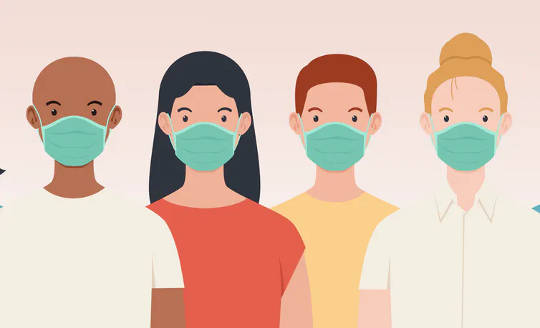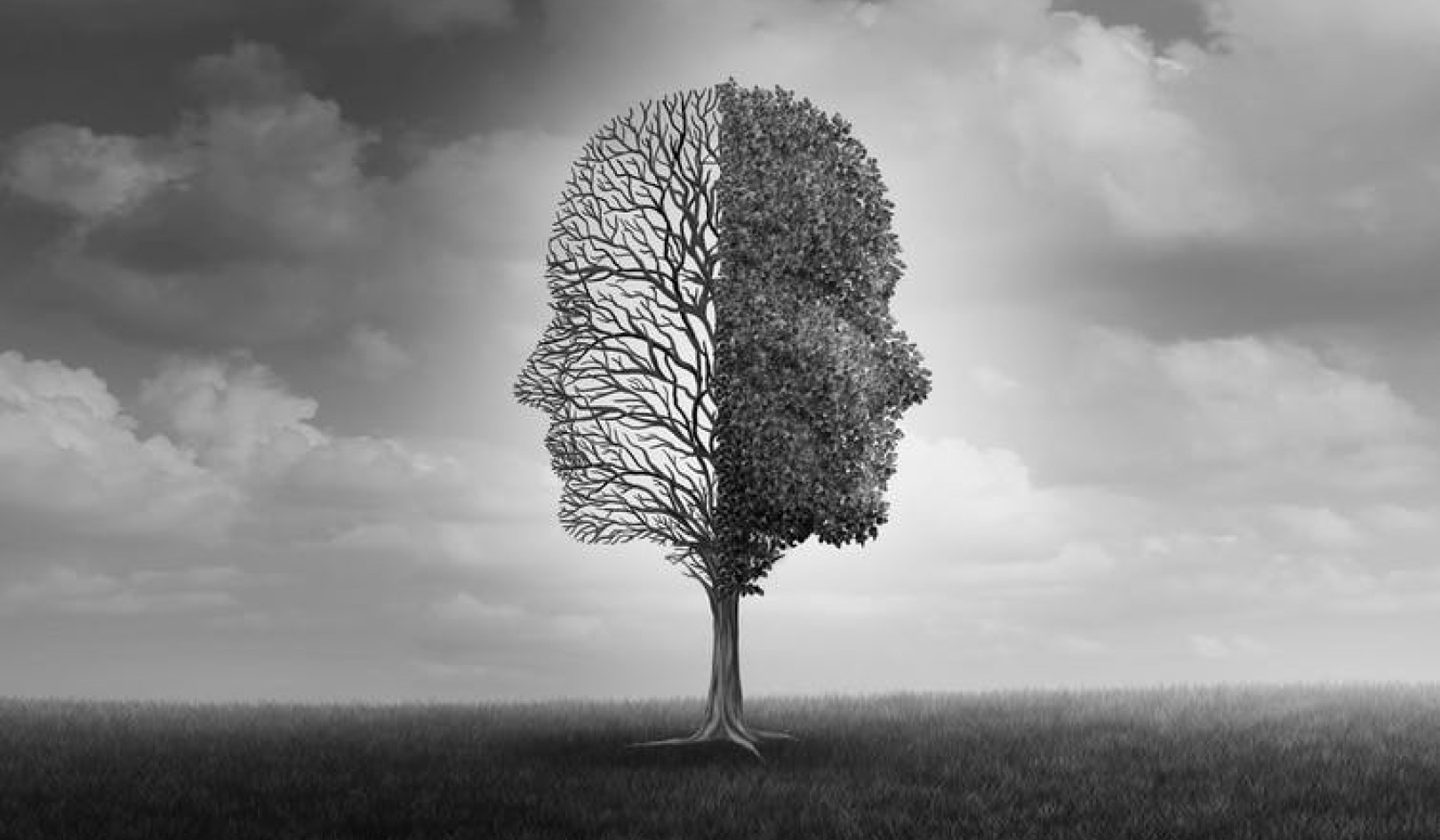Coronavirus affects people differently – some infected develop life-threatening disease, while others remain asymptomatic. And a year aftere COVID-19 emerged, it’s still unclear why.
To try and answer this question, researchers have started looking at the genetics of people who get COVID-19, and identifying links between developing the disease and variations in specific parts of our DNA. This raises the possibility that some of what makes people susceptible to COVID-19 lies in their genes.
This wouldn’t be surprising. Genetic variation plays a role in susceptibility to a number of diseases, from HIV to malaria to TB. Researchers know this because they hunt for variations of interest by comparing people’s entire DNA sequences – their genomes – to see whether certain variations coincide with certain disease outcomes. Such analyses are called genome-wide association studies.
For COVID-19, these studies have uncovered two stretches of DNA with variations of interest: one on chromosome 9 and one on chromosome 3.
Blood types are a mystery
The region on chromosome 9 is the ABO gene locus, which determines our blood type. Following the first wave of COVID-19 in spring 2020, studies began to investigate whether blood type was linked to disease susceptibility, particularly in patients with O or AB blood groups. However, the early evidence was contradictory. While some studies suggested a possible link, others stated that once infected, a person’s blood type doesn’t affect their disease outcomes at all.
Since then, a more consistent pattern has started to emerge: people with blood type A now seem to be more at risk than those with blood type O. More recent research suggests a lower risk of severe disease for blood type O, even going as far as to suggest that this blood group has a protective effect. Additional studies have postulated that blood type A increases risk of infection (though some of these are pre-prints, meaning they have yet to be scrutinised by other scientists).
This conflict between older and newer evidence is most likely due to the relatively small number of cases analysed. As the number increases, we’ll have more confidence in any findings.
Blood type has also been associated with COVID-related respiratory failure. A study of 1,600 Spanish and Italian COVID-19 patients found that people with blood type O had a lower chance of respiratory failure compared with those who had other blood types. When compared with everyone else, people with blood type A had 1.5 times the chance of respiratory failure.
This finding is supported by a paper that analysed the results of seven separate studies, which together looked at data from nearly three million people – including more than 7,500 COVID-19 patients. It found that COVID-positive people are more likely to have blood group A, whereas with blood group O the risk of COVID-19 infection is reduced. This conclusion was backed up by a further study.
Lastly, there’s also a large Canadian study that found that people with blood type O are at lower risk of infection. The difference was only slightly lower, with the risk of COVID-19 infection being 12% lower for blood type O when compared against all other types. The study also showed that people with blood type O had a 13% lower risk of severe disease or death compared to everyone else.
So why might blood type be having an effect on COVID-19? This research recalls studies from the 2002–2004 Sars outbreak – also caused by a coronavirus – which hinted at a possible reduced risk for type O. This earlier research theorised that antibodies – proteins in our blood that help fight infections – present in type O blood may inhibit the Sars virus from getting inside cells. But this hasn’t been proven.
Similarly, whether blood type definitely provides some protection against COVID-19 – and if so, whether antibodies in certain blood types are behind this – remains unclear. It does look like there is an association between blood type and disease susceptibility, but more research is needed to know exactly how the two are related.
An ancient inheritance
The picture is a bit clearer for chromosome 3. The genome-wide association study mentioned earlier, involving Spanish and Italian patients, also found an association between severe disease and variation in a small region on this chromosome called 3p21.31.
One of the genes in this region, SLC6A20, contains the instructions for building a protein that interacts with ACE2, the molecule the virus uses to get inside cells.
Other genes here are for chemokine receptors, which are involved in inflammation. Given that ACE2 and inflammation are both at the heart of severe COVID-19, this could offer clues as to why variation in this particular section of DNA appears to be associated with worse disease.
The variation in this region that increases COVID-19 susceptibility may have been inherited from Neanderthals. To date, 3p21.31 is the only genetic region significantly associated with severe COVID-19. Having certain genetic variations in this region can therefore be considered a risk factor.
As the pandemic continues, research will continue to move at a rapid pace to develop our understanding of COVID-19 and how we can combat the pandemic. This will include further understanding of how our genes and coronavirus interact – and it may be that other genetic risk factors are discovered.
About the Authors
Vikki Rand, Professor of Biosciences and Head of Research (National Horizons Centre), Teesside University and Maria O’Hanlon, PhD Candidate in Biology, Teesside University
Related Books:
The Body Keeps the Score: Brain Mind and Body in the Healing of Trauma
by Bessel van der Kolk
This book explores the connections between trauma and physical and mental health, offering insights and strategies for healing and recovery.
Click for more info or to order
Breath: The New Science of a Lost Art
by James Nestor
This book explores the science and practice of breathing, offering insights and techniques for improving physical and mental health.
Click for more info or to order
The Plant Paradox: The Hidden Dangers in "Healthy" Foods That Cause Disease and Weight Gain
by Steven R. Gundry
This book explores the links between diet, health, and disease, offering insights and strategies for improving overall health and wellness.
Click for more info or to order
The Immunity Code: The New Paradigm for Real Health and Radical Anti-Aging
by Joel Greene
This book offers a new perspective on health and immunity, drawing on principles of epigenetics and offering insights and strategies for optimizing health and aging.
Click for more info or to order
The Complete Guide to Fasting: Heal Your Body Through Intermittent, Alternate-Day, and Extended Fasting
by Dr. Jason Fung and Jimmy Moore
This book explores the science and practice of fasting offering insights and strategies for improving overall health and wellness.
Click for more info or to order
This article is republished from The Conversation under a Creative Commons license. Read the original article.
























